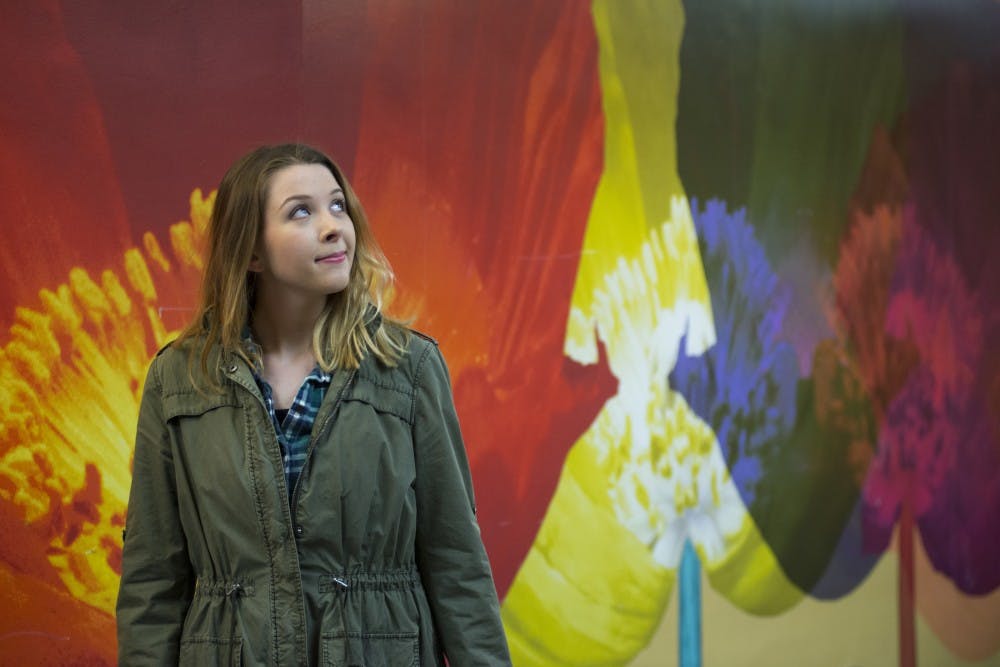For Sarah Taylor, an international relations and comparatives cultures and politics junior, letters are not just letters. They’re also colors.
“To me it’s just kind of second nature,” Taylor said. “I don’t really think about it too much. ... It just kind of happens without me thinking about it.”
Taylor has synesthesia, a neurological condition in which the stimulation of a sensory area leads to experiences in a different sensory area.
Taylor specifically has a more common variant known as grapheme-color synesthesia. Basically, those who experience this kind of synesthesia will see a specific color assigned to individual letters and numbers as they read.
As she looked over a typed page, Taylor described what she was seeing as she went along.
“In the big picture, I see exactly what anyone else would see, this is all just like black letters,” Taylor said. “But as I’m reading, then I see that, oh, it’s in the form of an ‘e’ so it’s yellow. As I’m reading I see them in colors. Then the word is the collective of the colors I suppose.”
Various studies show that grapheme-color synesthetes — the term for those who have the condition — is strongly linked to a genetic component. As far as Sarah is aware, no one else in her immediate family has the condition. Estimates as to how many people have synesthesia has been narrowed to about 1 in 2,000.
Sarah’s mother, Carie Godman, said Taylor’s perception is fairly unique amongst her immediate family.
“Actually, it wasn’t until really, I believe, around high school when she had mentioned it to me,” Godman said. “No one has ever mentioned anything like that. My mom has passed, but I think she would have told me — she passed when she was 52. My father has never mentioned anything, my sister doesn’t have anything like that, I don’t.”
Taylor’s reluctance to tell her family of her synesthesia wasn’t born out of any sense of embarrassment or shame. She said she just always thought of it as normal.
“I thought everyone saw things the way I do,” she said. “When I began telling people about it, that’s when I realized like, ‘Oh this is pretty unique.’”
Her boyfriend Jacob Ortlieb, an MSU political theory and constitutional democracy junior, recalled how open Taylor was about her particular trait, telling him about it shortly after they first met.
“She’s totally into numerology and thinks there’s significance to numbers and stuff like that,” Ortlieb said. “Much more spiritual connection than I have, which is kind of interesting.”
In addition to this spiritual component, Taylor mentioned there were practical benefits for her, particularly in the realm of memorization.
“It allows me to memorize different numbers like cell phone numbers, or just certain vocabulary words, I’m able to think like, ‘oh it’s pink and it started with ‘a,’ so it’s this word,’” she said.
Her condition can also have a benefit.
“She can remember dates really well because she remembers the color,” Ortlieb said. “She can tell me what happened last night if, like, if it was a blue day.”
It’s because of these resulting advantages Taylor sees her synesthesia as a unique part of her being.
“I feel like calling it a ‘condition’ makes it something bigger than it really needs to be,” she said. “It is classified as a condition but it kind of makes it seem more like an illness, whereas I see it as an advantage if not just neutral.”







